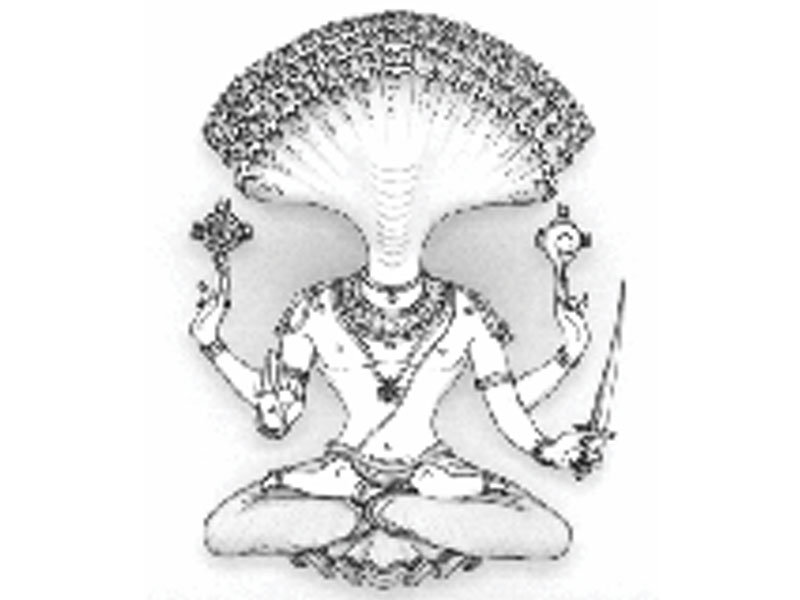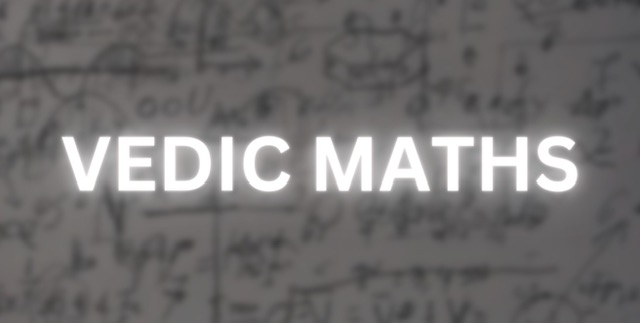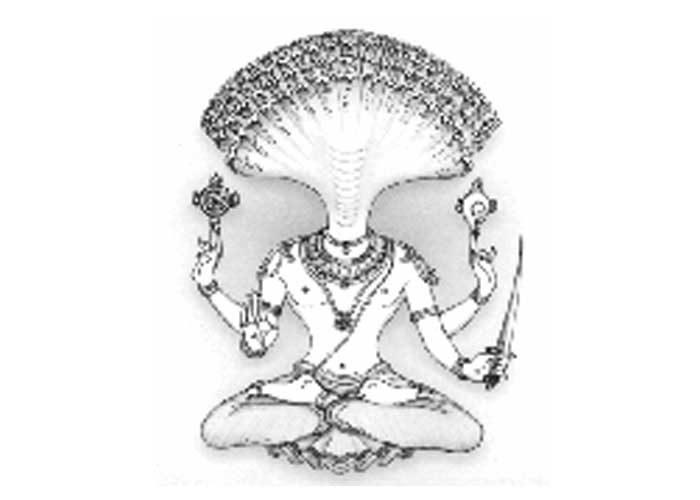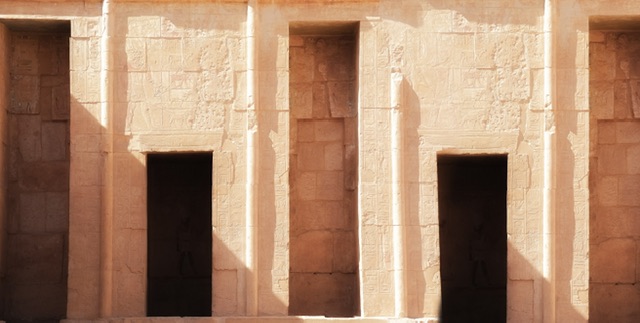Samadhi Paad Yogsutra 30 – vyaadhi styaan sanshay pramaad aalasya avirati bhraantidarshan alabdh-bhumikatv anavasthitvaani chitta-vikshepaste antaraayaah
Vyadhi: Disease
Styaan: Tendency for non-action/ non-inclination towards sadhna
Sanshay: Doubt
Pramaad: Carelessness
Aalasya: Lethargy
Avirati: Attachment to physical
Bhrantidarshan: Taking yog sadhna to be a waste of time, of no use
Alabdh-bhumikatva: Not achieving the state of sadhna
despite practice leading to demotivation
Anavasthitatva: The inability of mind to stay fixed in sadhna
Chitta-vikshepa: Distractions of mind
te: all these (are)
Ataraayaah: Obstacles
The nine distractions of mind – namely, Vyadhi, Styaan, Sanshay, Pramaad, Aalasya, Avirati, Bhrantidarshan, Alabdh-bhumikatva and Anavasthitatva – are the obstructions of path of sadhna/yoga.
Vyadhi – Any kind of weakness or disease – physical, mental or emotional creates a hindrance in sadhna, hence it is said, for yog body has to be in balance first.
Styaan – It is also common for one to not have a natural tendency towards sadhna and keep postponing it or even skip it, hence the importance of abhyas or the effort that goes into stilling oneself in sadhna and vairagya.
Sanshay – Doubt on sadhna or self or the Guru is one of the biggest impediments on the path of yog, something to which the learned scholar Bhattacharya lost an eye. Yog calls for 100% faith and surrender, a single doubt is enough to put you off the path.
Pramaad – Sage Patanjali had earlier discussed the relevance of doing the sadhna with due respect (satkaara), that is, as prescribed, without dilutions or modifications and with the right thought and mind. Carelessness or cutting corners in practice hinders the progress.
Aalasya – Lethargy, dominance of tamas guna, creates heaviness in body hampering the sadhna.
Avirati – Yoga is the exit route from the physical, the propensity of the sadhak to the physical and unreal and inability to detach him/herself from it acts as a roadblock.
Bhrantidarshan – When we do sadhna, it disturbs certain energies – the asurs, who then try to prevent us from doing the sadhna by poisoning our mind – internally and through people around us, giving us the false impression that ‘all this is nonsense, why are you wasting your time, leave this and enjoy your life, etc’. It is important to keep faith and focus on Guru at the time, and asurs will fade away.
Alabdh Bhumikatv – Our karmas, capacity and connection with Guru determines the rate of progress in sadhna. At times, even after constant practice, the siddhis or state associated with sadhna is not achieved despite constant practice, which can demotivate the sadhak. Patience and Perseveration is the key.
Anavasthitatva – Even as one sits to do sadhna, the mind races in all directions and is unable to stay put in the sadhna, this volatile nature of chitta needs to be stilled to progress in sadhna.





